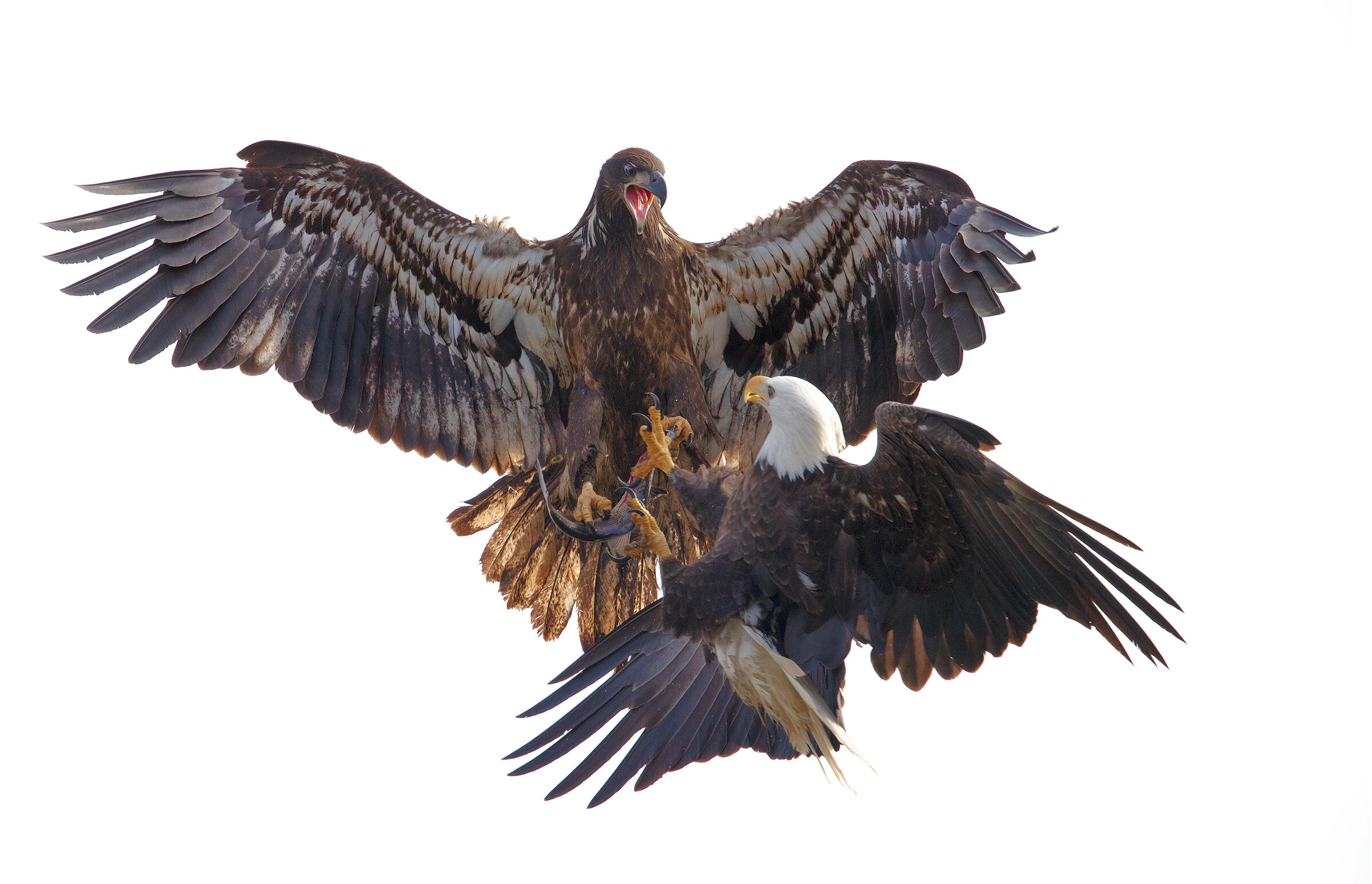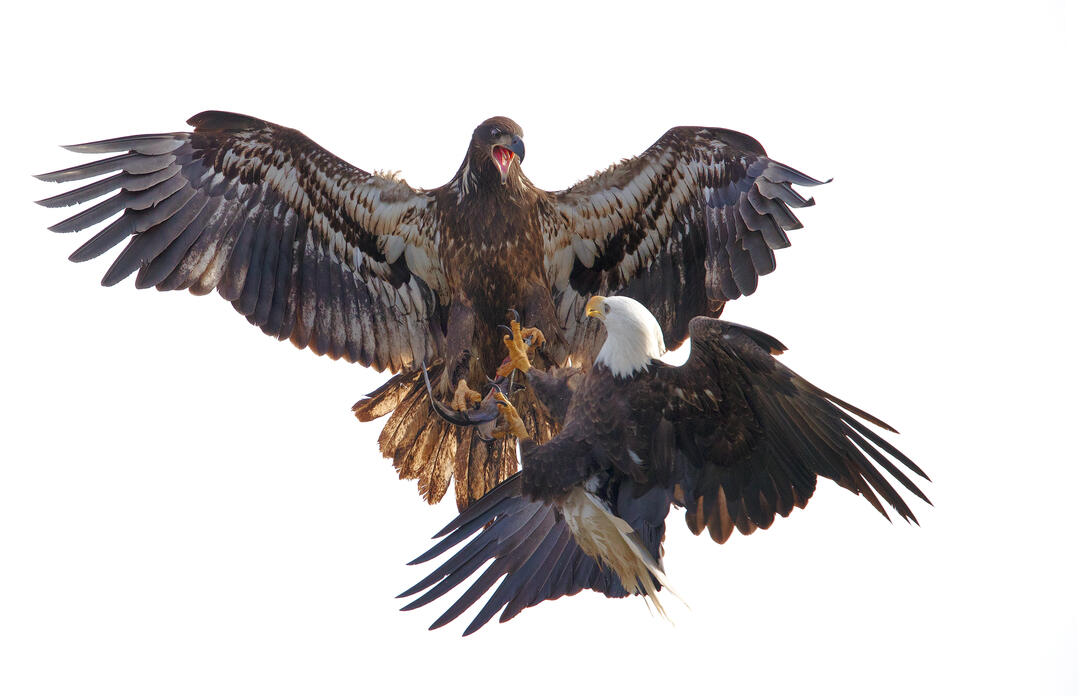The Vermont House Committee on Natural Resources, Fish and Wildlife is considering bill H.606. This bill’s purpose is to conserve 30% of Vermont’s land by 2030 to improve biodiversity and community resilience.
I have since learned how vital Vermont’s landscape of forests and fields are to our birds and wildlife. I have also learned about the threats to this landscape. As people have spread out and advanced, we have encroached into wildlife habitats. This has led to the fragmentation and destruction of habitats, threatening many species. A recent report by the Cornell Lab of Ornithology analyzed fifty years of bird population data and found that North America has seen a decline of three billion birds since 1970. A central reason for this decline is the loss of habitat. Looking ahead, a report by the National Audubon Society called Survival by Degrees, notes that well over half of Vermont’s bird species are vulnerable to climate change, on top of the loss of habitat they have already experienced. Many birds that are now common, and ones that we have only recently managed to remove from the endangered species list such as the Common Loon, Peregrine Falcon, and Bald Eagle, are at risk. Grassland bird species like the Eastern Meadowlark, recently added to the Vermont list of endangered species, are particularly vulnerable. Protecting the habitat of these species is vital if we want them to continue to have a home in Vermont.
In response to this and other clear warnings about a catastrophic decline in biodiversity in Vermont, Amy Sheldon, chair of the House Natural Fish and Wildlife Committee seeks to respond to this threat. H.606 sets goals for protecting Vermont’s natural lands, grounded in science. As currently drafted, this proposal would set conservation goals informed by the Agency of Natural Resources’ Vermont Conservation Design, a vision for maintaining the ecological integrity and biological diversity of the Vermont landscape. The bill would set a goal to conserve 30% of Vermont’s land by 2030. The bill’s goals align with the Vermont Climate Council’s recommendations in the Climate Action Plan to conserve more of Vermont for people and for birds and wildlife.
H.606, titled “An act relating to community resilience and biodiversity protection” is intended to preserve Vermont’s working lands, such as forests, as well as preserving biodiversity and community resilience. The bill proposes to conserve 30% of the land of the State by 2030 and 50% by 2050. The bill’s purpose is maintaining, enhancing, and restoring landscape connectivity for wildlife. The bill also seeks to conserve ecological functions in intact and connected ecosystems, using the full range of conservation approaches needed. This includes supporting private landowners and conservation easements that promote sustainable forest management and also allow for passive management so that the state can achieve a goal of increasing the amount of old growth forests in Vermont over time.
The Bald Eagles who have only recently returned to Vermont after nearly becoming extinct appreciate the intention behind the bill. Due to a combination of pesticides like DDT, hunting, and loss of habitat Bald Eagle populations dropped so much that the species was considered endangered under federal law in 1978 and under Vermont’s law in 1987. It was not until 2007 that the Bald Eagle was taken off the federal endangered species list and was just removed from the Vermont list this year. The Bald Eagle’s preferred habitat is forested land near rivers, lakes, and ponds. Without our healthy forests and fields, without clean water for fish, the Bald Eagle would not have been able to recover in the Green Mountain state.
Vermont’s birds need healthy forests, fields, and watersheds. All of these habitats provide benefits to birds separately, but are most beneficial and biodiverse when connected and healthy. For instance, an intact forest is more beneficial than a fragmented forest, and even a fragmented forest is a better habitat than a subdivision or strip mall. Without healthy and diverse forests and other vital habitat, birds are in danger from a loss of food, shelter, and a place to raise their young. At the same time, people need the same habitat that the birds need -- for our economy, our health, and enjoyment.
Recognizing this, the legislators supporting H.606 seek to establish state goals and to require the Agency of Natural Resources to adopt a Conservation Plan by July 2023. Specifically, among other requirements, H.606 would require the Secretary of Natural Resources to adopt “an actionable conservation plan establishing how the goals will be achieved, using Vermont Conservation Design as a guide.”
Though an important step forward as currently written, the bill leaves many important questions unanswered, including the important role of Vermont’s working lands, forests, and farms in providing important habitat and environmental benefits. Audubon Vermont’s Executive Director David Mears testified that “we need to make sure we do not think about how we grow, enhance, and conserve the amount of land that is in a natural state at the expense of our lands that are conserved as working lands and farms.”
We hope to see H.606 continue to move through the Vermont legislature and look forward to seeing the House Committee on Natural Resources, Fish and Wildlife address these questions. Regardless, the goal of this bill, to establish clear goals for conserving Vermont’s fish and wildlife and an actionable plan for achieving those goals is something all Vermonters should support, for our birds and our communities.
Please let your local legislators know that you support passage of Vermont House Bill H.606.
To find your Vermont legislators: click here










